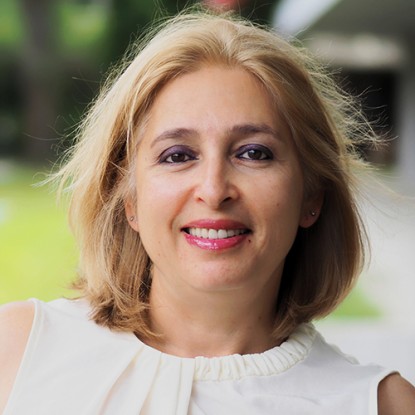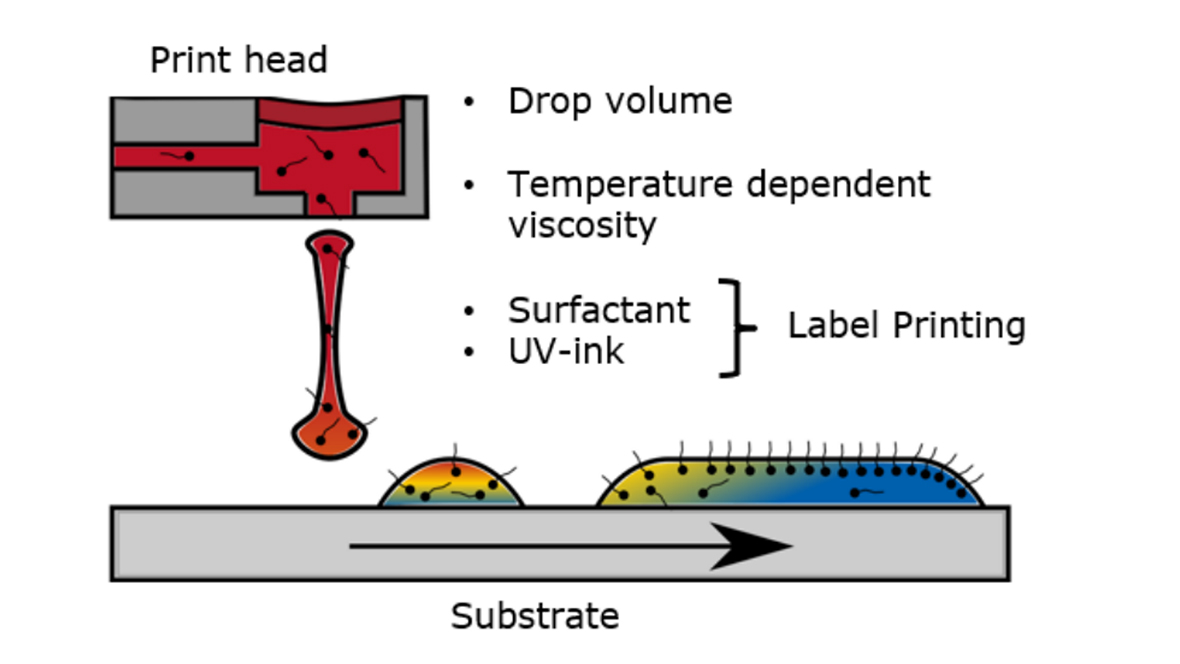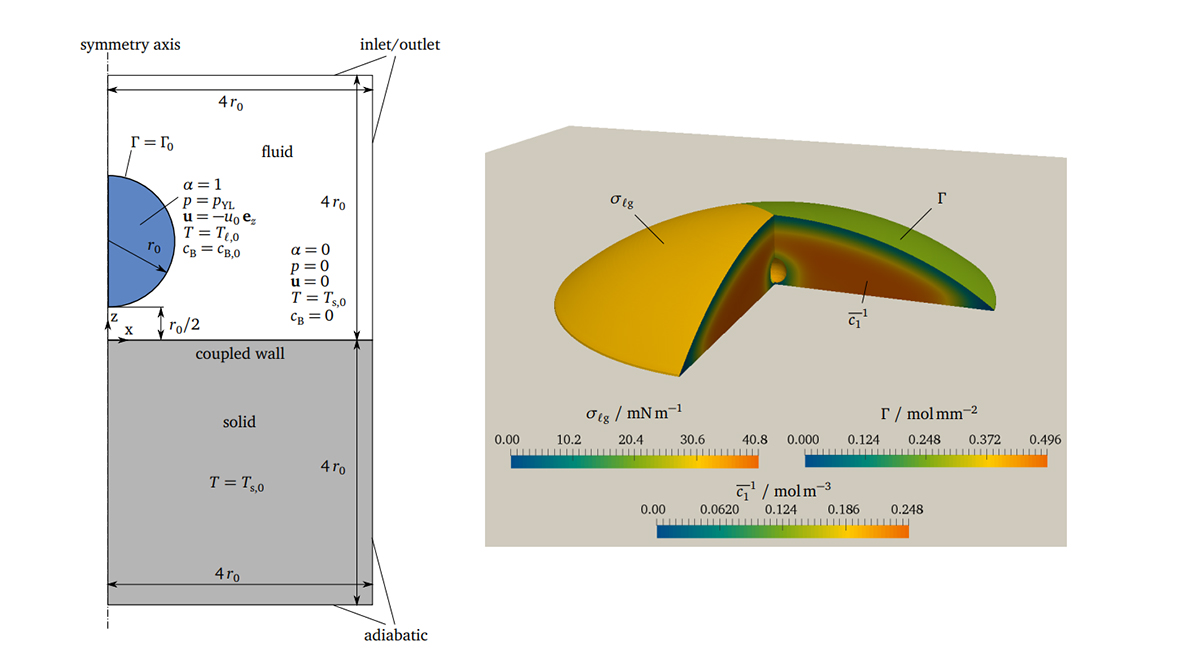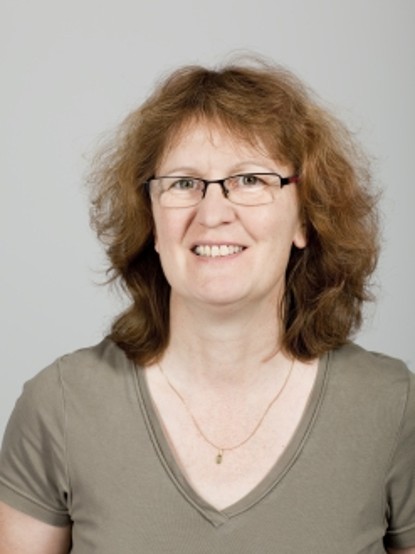Overview
Inkjet printed images are composed of ink droplets with volumes of a few pico litres each. Accurate positioning of the single droplets on the substrate is a crucial factor for the print quality while droplet impingement and subsequent spreading determine shape and size of individual dots. Moreover, on impermeable substrates, coalescence of neighboring droplets leads to the droplets being shifted relative to the nozzle position. Additionally, impingement, spreading and coalescence of the ink droplets are influenced by heat and mass transfer processes.
Projekt description
In order to gain a better understanding of the interactions within the printing process between heat and mass transport on one side and the hydrodynamics on the other side, numerical simulations with the algebraic Volume-of-Fluid method are conducted within the scope of this research project. By including appropriate material models, the influence of the temperature distribution and surfactant concentration on the hydrodynamics is taken into account in the numerical model. The scope of the subproject is also to include the adsorption/desorption of surfactant at the liquid-vapor interface and solid-vapor interface. The ad/desorption processes at the interfaces will result in convective flows such as Marangoni flow and also influence the concentration of surfactant in the bulk. The ad/desoption at the liquid-vapor interface is modeled using Langmuir-Freundlich kinetics and the appropriate kinetic parameters are extracted using bubble pressure tensiometry, in cooperation with subproject C01.
The process of ad/desoption at the solid-liquid interface is to be included in the numerical model. Accordingly, the kinetic parameters required to model this process are to be extracted using ellipsometry, Atomic Force Microscopy (AFM) and Quartz Crystal Microbalance (QCM), in cooperation with subproject A09. Followed by this, one scientific goal of the subproject is to understand the influence of the properties of ink layers that have already been applied and that are located between the new droplet and the substrate. The specific goal from an application-related point of view is, based on a better understanding of the interactions of the various wetting and transport processes, to design the ink composition and process parameters in a targeted manner and in this way to increase the print quality.
Team
| Name | Contact | |
|---|---|---|

| Prof. Dr.-Ing. Peter Stephan Speaker | pstephan@ttd.tu-... +49 6151 16-22260 L2|06 200 |

| Apl. Prof. Dr. Tatiana Gambaryan-Roisman | gtatiana@ttd.tu-... +49 6151 16-22264 L2|06 201 |

| Tejaswi Josyula Ph.D. | josyula@ttd.tu-... +49 6151 16-22691 L2|06 216 |
Publications and conference contributions
2023
T. Antritter, T. Josyula, D., T. Maric, Bothe, T. Gambaryan-Roisman, P. Stephan: A Two-Field Formulation for Surfactant Transport within the Algebraic Volume of Fluid Method, Computer & Fluids (under review), https://doi.org/10.48550/arXiv.2311.08591, 2023.
2020
Gründing, D., Smuda, M., Antritter, T., Fricke, M., Rettenmaier, D., Kummer, F., Stephan, P., Marschall, H., Bothe, D.: A comparative study of transient capillary rise using direct numerical simulations, Appl. Math. Model. 86, 142-165, https://doi.org/10.1016/j.apm.2020.04.020, 2020.
Antritter, T., Mayer, M., Hachmann, P., Wörner, M.: Suppressing artificial equilibrium states caused by spurious currents in droplet spreading simulations with dynamic contact angle model, Prog. Comp. Fluid Dyn. 20(2), 59-70, https://doi.org/10.1504/PCFD.2020.106403, 2020.
2019
Antritter, T., Hachmann, P., Gambaryan-Roisman, T., Buck, B., Stephan, P.: Spreading of micrometer-sized droplets under the influence of insoluble and soluble surfactants: a numerical study, Colloids Interfaces 3(3), 56, https://doi.org/10.3390/colloids3030056, 2019.



